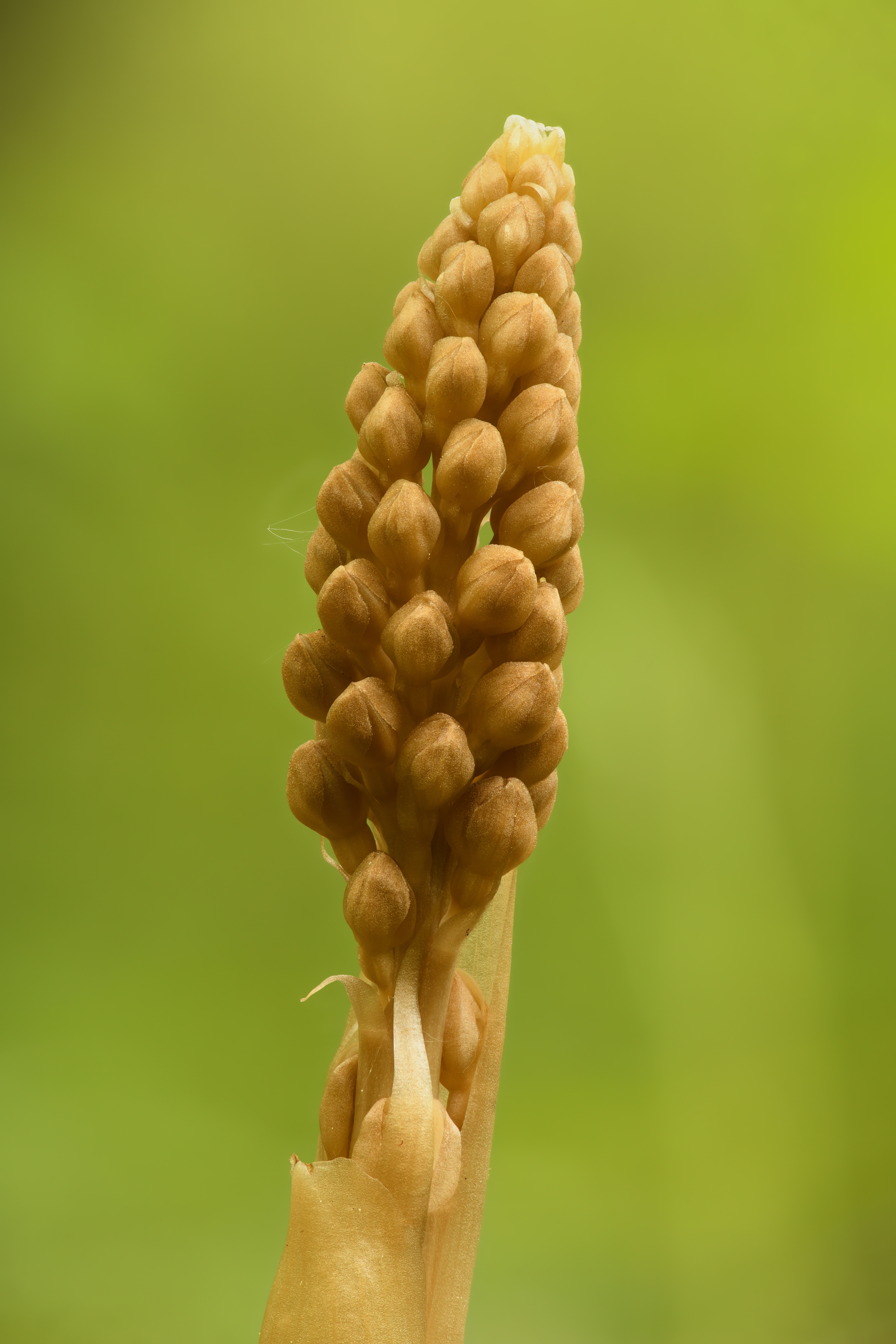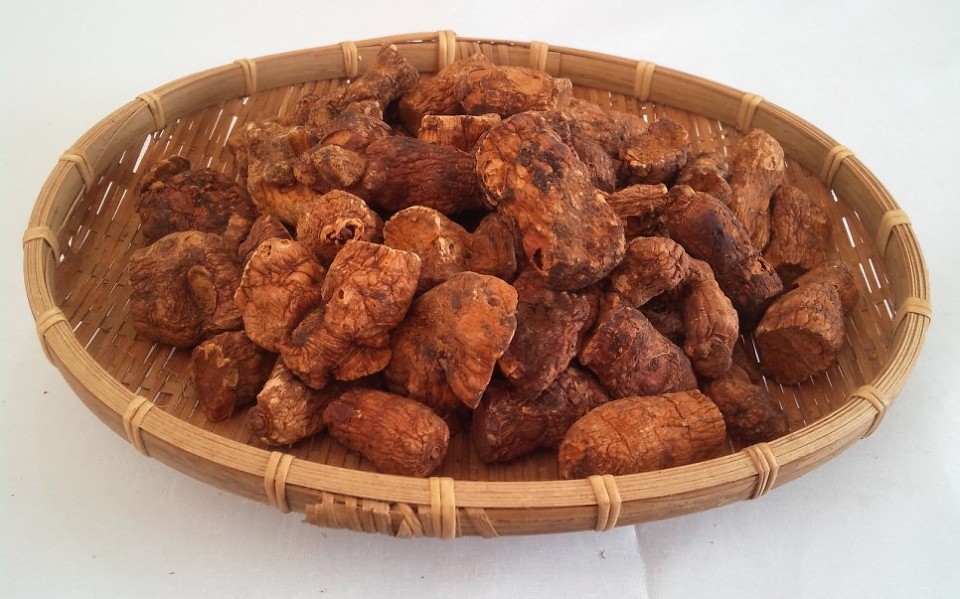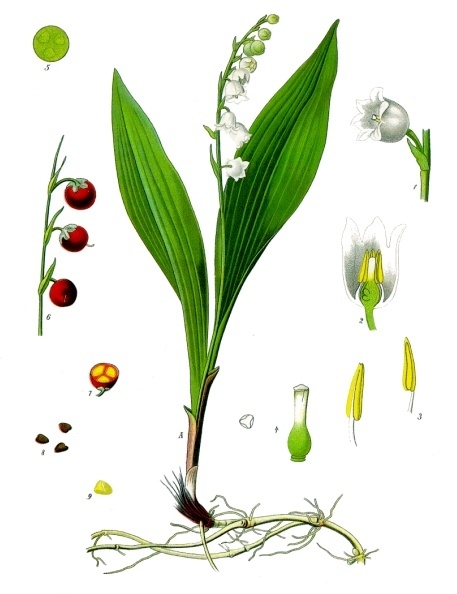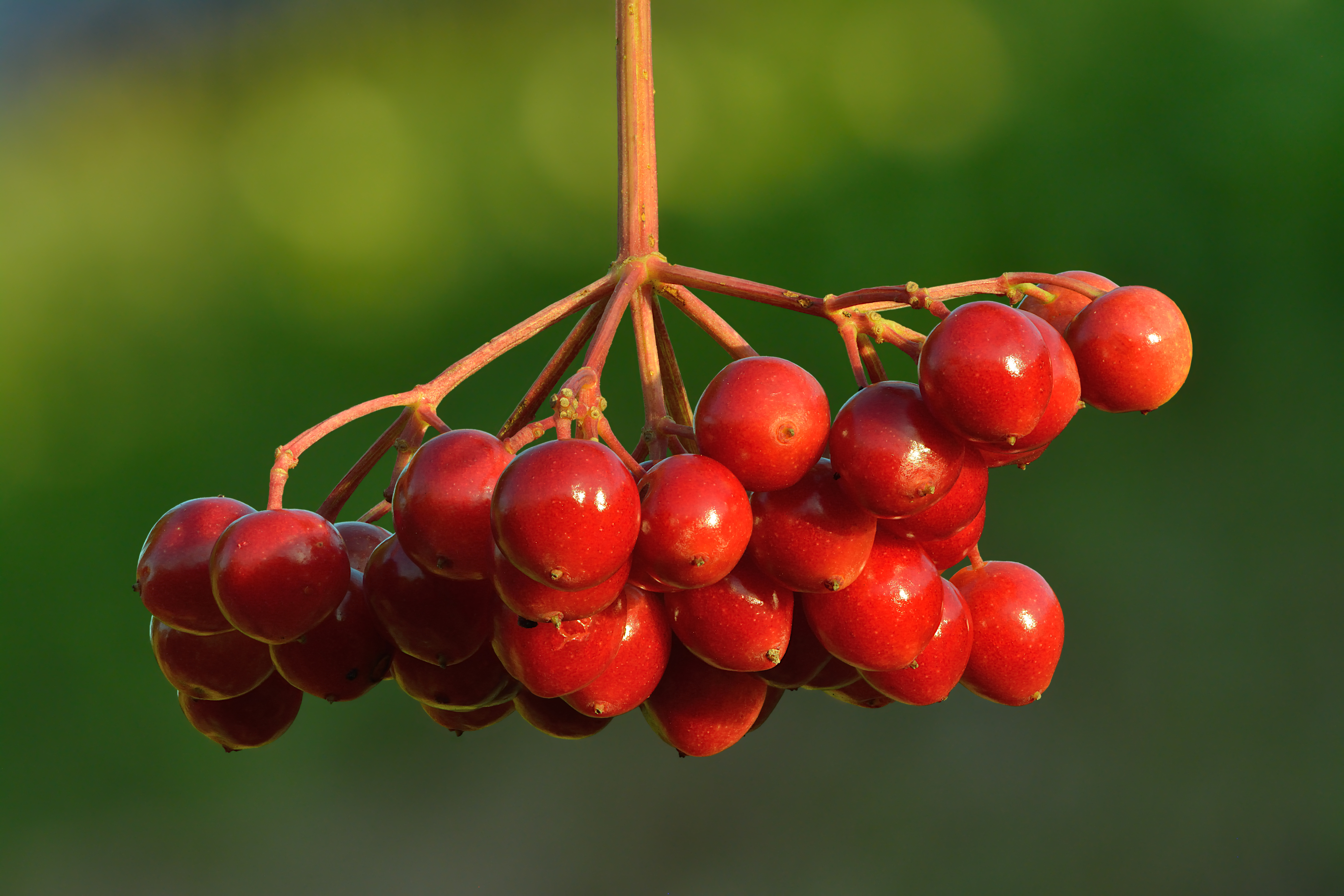|
Siccaridge Wood
Siccaridge Wood () is a nature reserve in Gloucestershire.Kelham, A, Sanderson, J, Doe, J, Edgeley-Smith, M, et al., 1979, 1990, 2002 editions, 'Nature Reserves of the Gloucestershire Trust for Nature Conservation/Gloucestershire Wildlife Trust' The site is listed in the ‘Stroud District’ Local Plan, adopted November 2005, Appendix 6 (online for download) as a Key Wildlife Site (KWS). The site is managed by the Gloucestershire Wildlife Trust under leasing arrangements with the Bathurst Estate since 1986. Sponsorship was provided by the then Nature Conservancy Council. Prior to that time the wood was leased to the Forestry Commission. Location and habitat The wood is in the Frome Valley and is about half a mile west of Sapperton. It is on a spur of Oolitic limestone and is between the Frome and Holy Brook. It is adjacent to the Sapperton Valley nature reserve and the Daneway Banks Site of Special Scientific Interest nature reserve. This is a high ridge of woodland ... [...More Info...] [...Related Items...] OR: [Wikipedia] [Google] [Baidu] |
Gloucestershire
Gloucestershire ( abbreviated Glos) is a county in South West England. The county comprises part of the Cotswold Hills, part of the flat fertile valley of the River Severn and the entire Forest of Dean. The county town is the city of Gloucester and other principal towns and villages include Cheltenham, Cirencester, Kingswood, Bradley Stoke, Stroud, Thornbury, Yate, Tewkesbury, Bishop's Cleeve, Churchdown, Brockworth, Winchcombe, Dursley, Cam, Berkeley, Wotton-under-Edge, Tetbury, Moreton-in-Marsh, Fairford, Lechlade, Northleach, Stow-on-the-Wold, Chipping Campden, Bourton-on-the-Water, Stonehouse, Nailsworth, Minchinhampton, Painswick, Winterbourne, Frampton Cotterell, Coleford, Cinderford, Lydney and Rodborough and Cainscross that are within Stroud's urban area. Gloucestershire borders Herefordshire to the north-west, Worcestershire to the north, Warwickshire to the north-east, Oxfordshire to the east, Wiltshire to the south, Bristol and Somerset ... [...More Info...] [...Related Items...] OR: [Wikipedia] [Google] [Baidu] |
Tunley, Gloucestershire
Oakridge is a village in Gloucestershire, England. The parish church is St. Bartholomew's Church. It is just on the outskirts of Stroud, Gloucestershire. Oakridge consists of five hamlets; Oakridge Lynch, Far Oakridge, Waterlane, Bournes Green, and Tunley. Within Oakridge Lynch can be found the parish church of St. Bartholomew's, the nearby Oakridge Parochial School primary, the village Shop and Post Office, The Butchers Arms pub, and the Village Hall. The Butchers Arms is an 18th-century building with stone walls and oak beamed ceilings. The Annual Oakridge Village Show is held on the first Saturday in September at the local recreation ground. Notable residents Charles Mason, one of the surveyors of America's Mason–Dixon line, (the other being Jeremiah Dixon), was born in Oakridge Lynch in 1728. The architect Alfred Hoare Powell bought and restored Gurners Farm in Oakridge Lynch around 1902.Pat Carrick, Kay Rhodes and Juliet Shipman, ''Oakridge, A History'', 2005 Gurners ... [...More Info...] [...Related Items...] OR: [Wikipedia] [Google] [Baidu] |
Hyacinthoides Non-scripta
''Hyacinthoides non-scripta'' (formerly ''Endymion non-scriptus'' or ''Scilla non-scripta'') is a bulbous perennial plant, found in Atlantic areas from north-western Spain to the British Isles, and also frequently used as a garden plant. It is known in English as the common bluebell or simply bluebell, a name which is used in Scotland to refer to the harebell, ''Campanula rotundifolia''. In spring, ''H. non-scripta'' produces a nodding, one-sided inflorescence of 5–12 tubular, sweet-scented violet–blue flowers, with strongly recurved tepals, and 3–6 long, linear, basal leaves. ''H. non-scripta'' is particularly associated with ancient woodland where it may dominate the understorey to produce carpets of violet–blue flowers in "bluebell woods", but also occurs in more open habitats in western regions. It is protected under UK law, and in some other parts of its range. A related species, '' H. hispanica'' has also been introduced to the British Isles and hyb ... [...More Info...] [...Related Items...] OR: [Wikipedia] [Google] [Baidu] |
Bird's-nest Orchid
''Neottia nidus-avis'', the bird's-nest orchid, is a non-photosynthetic orchid, native to Europe, Russia and some parts of the Middle East. Description ''Neottia nidus-avis'' grows to tall and each shoot can carry up to 60 flowers. Plants are not in any part green, deriving all their nutrition from a mycorrhizal fungus in the soil/litter, which in turn derives nutrition from the roots of trees. Plants are generally beige-brown, though sometimes yellowish or white forms are discovered. The flower labellum splits and strongly diverges at its lower end. This species of orchid can be hard to spot, being camouflaged against the leaf litter. Across Europe, this species flowers May-June. Distribution and habitat It is widespread across most of Europe, occurring also in Algeria, Tunisia, western Siberia, the Caucasus, Iran and Turkey. In the British Isles, ''Neottia nidus-avis'' is found in shady woodland, especially beech, on basic soils. Its conservation status in the UK is near- ... [...More Info...] [...Related Items...] OR: [Wikipedia] [Google] [Baidu] |
Herb Paris
''Paris quadrifolia'', the herb Paris or true lover's knot, is a species of flowering plant in the family Melanthiaceae. It occurs in temperate and cool areas throughout Eurasia, from Spain to Yakutia, and from Iceland to Mongolia. It prefers calcareous soils and lives in damp and shady places, especially old established woods and stream banks. ''P. quadrifolia'' is in decline in Europe due to loss of habitat. In Iceland, for example, it is on the red list. Characteristics ''P. quadrifolia'' is a perennial herbaceous plant that is tall. It may have 3–8 leaves but typically there are four leaves arranged as opposing pairs. The flowers are wispy and inconspicuous. The plant flowers during the months of June and July. It has a solitary flower with four narrow greenish filiform (threadlike) petals, four green petaloid sepals, eight golden yellow stamens, and a round purple to red ovary. The flower is borne above a single whorl of four leaves. Each plant produces ... [...More Info...] [...Related Items...] OR: [Wikipedia] [Google] [Baidu] |
Angular Solomon's-seal
''Polygonatum odoratum'' (syn. ''P. officinale''), the angular Solomon's seal or scented Solomon's seal, is a species of flowering plant in the family Asparagaceae, native to Europe, the Caucasus, Siberia, the Russian Far East, China, Mongolia, Korea and Japan. In the United Kingdom it is one of three native species of the genus, the others being '' P. multiflorum'' and '' P. verticillatum''. The genus name '' Polygonatum'' comes from the Greek words "poly", meaning "many", and "gonu", meaning "knee joint". This is in reference to the plant's jointed rhizomes. The Latin specific epithet ''odoratum'' means "scented". Description ''Polygonatum odoratum'' is a colonizing herbaceous perennial growing to tall by wide, with alternate, simple leaves on arching stems. The scented tubular flowers are white with green tips, borne in spring and hanging from the underside of the stems. Cultivation ''Polygonatum odoratum'', like its relative lily of the valley, is cultivate ... [...More Info...] [...Related Items...] OR: [Wikipedia] [Google] [Baidu] |
Lily-of-the-valley
Lily of the valley (''Convallaria majalis'' (), sometimes written lily-of-the-valley, is a woodland flowering plant with sweetly scented, pendent, bell-shaped white flowers borne in sprays in spring. It is native throughout the cool temperate Northern Hemisphere in Asia and Europe. ''Convallaria majalis'' var. ''montana'', also known as the American lily of the valley, is native to North America. Due to the concentration of cardiac glycosides (cardenolides), it is highly poisonous if consumed by humans or other animals. Other names include May bells, Our Lady's tears, and Mary's tears. Its French name, ''muguet'', sometimes appears in the names of perfumes imitating the flower's scent. In pre-modern England, the plant was known as glovewort (as it was a wort used to create a salve for sore hands), or Apollinaris (according to a legend that it was discovered by Apollo). Description ''Convallaria majalis'' is an herbaceous perennial plant that often forms extensive colonies by s ... [...More Info...] [...Related Items...] OR: [Wikipedia] [Google] [Baidu] |
Wayfaring-tree
''Viburnum lantana'', the wayfarer or wayfaring tree, is a species of ''Viburnum'', native to central, southern and western Europe (north to Yorkshire in England), northwest Africa, and southwestern Asia.Blamey, M. & Grey-Wilson, C. (1989). ''Flora of Britain and Northern Europe''. Huxley, A., ed. (1992). ''New RHS Dictionary of Gardening''. Macmillan . The vigorous deciduous European treelike shrub is common along waysides. Description It is a deciduous shrub or small tree growing to tall. The leaves are opposite, simple oval to lanceolate, Long and broad, with a finely serrated margin; they are densely downy on the underside, less so on the upper surface. The hermaphrodite flowers are small, around , and creamy-white, produced in dense cymes width at the top of the stems; they are produced in early summer, and pollinated by insects. The fruit is an oblong drupe long, green at first, turning red, then finally black at full maturity, and contains a single seed. The seeds are ... [...More Info...] [...Related Items...] OR: [Wikipedia] [Google] [Baidu] |
Guelder-rose
''Viburnum opulus'', the guelder-rose or guelder rose () is a species of flowering plant in the family (biology), family Adoxaceae (formerly Caprifoliaceae) native plant, native to Europe, northern Africa and central Asia. Description ''Viburnum opulus'' is a deciduous shrub growing to tall. The leaves are opposite, three-lobed, long and broad, with a rounded base and coarsely serrated margins; they are superficially similar to the leaves of some maples, most easily distinguished by their somewhat wrinkled surface with impressed leaf venation. The leaf buds are green, with valvate bud scales. The plant sexuality, hermaphrodite flowers are white, produced in corymbs in diameter at the top of the stems; each corymb comprises a ring of outer sterile flowers 1.5–2 cm in diameter with conspicuous petals, surrounding a center of small (5 mm), fertile flowers; the flowers are produced in early summer, and pollination, pollinated by insects. The fruit is a globose bright ... [...More Info...] [...Related Items...] OR: [Wikipedia] [Google] [Baidu] |
Wild Privet
''Ligustrum vulgare'' (wild privet, also sometimes known as common privet or European privet) is a species of ''Ligustrum'' native to central and southern Europe, north Africa and southwestern Asia, from Ireland and southwestern Sweden south to Morocco, and east to Poland and northwestern Iran.Flora Europaea''Ligustrum vulgare''/ref>Blamey, M. & Grey-Wilson, C. (1989). ''Flora of Britain and Northern Europe''. Bean, W. J. (1978). ''Trees and Shrubs Hardy in the British Isles'' vol. 2: 576–577. . Description It is a semi-evergreen or deciduous shrub, growing to 3 m (rarely up to 5 m) tall. The stems are stiff, erect, with grey-brown bark spotted with small brown lenticels. The leaves are borne in decussate opposite pairs, sub-shiny green, narrow oval to lanceolate, 2–6 cm long and 0.5–1.5 cm broad. The flowers are produced in mid-summer in panicles 3–6 cm long, each flower creamy-white, with a tubular base and a four-lobed corolla ('petals') 4–6 mm diameter. The flowers ... [...More Info...] [...Related Items...] OR: [Wikipedia] [Google] [Baidu] |
Euonymus
''Euonymus'' is a genus of flowering plants in the staff vine family, Celastraceae. Common names vary widely among different species and between different English-speaking countries, but include spindle (or spindle tree), burning-bush, strawberry-bush, wahoo, wintercreeper, or simply euonymus. It comprises about 130 species''Euonymus''. Flora of China.Du, C., et al. (2013) Revision of three species of ''Euonymus'' (Celastraceae) from China. ''Phytotaxa'' 109(1) 45-53. of and |
Hazel
The hazel (''Corylus'') is a genus of deciduous trees and large shrubs native to the temperate Northern Hemisphere. The genus is usually placed in the birch family Betulaceae,Germplasmgobills Information Network''Corylus''Rushforth, K. (1999). ''Trees of Britain and Europe''. Collins .Huxley, A., ed. (1992). ''New RHS Dictionary of Gardening''. Macmillan . though some botanists split the hazels (with the hornbeams and allied genera) into a separate family Corylaceae. The fruit of the hazel is the hazelnut. Hazels have simple, rounded leaves with double-serrate margins. The flowers are produced very early in spring before the leaves, and are monoecious, with single-sex catkins. The male catkins are pale yellow and long, and the female ones are very small and largely concealed in the buds, with only the bright-red, 1-to-3 mm-long styles visible. The fruits are nuts long and 1–2 cm diameter, surrounded by an involucre (husk) which partly to fully encloses the nut. ... [...More Info...] [...Related Items...] OR: [Wikipedia] [Google] [Baidu] |
.jpg)





